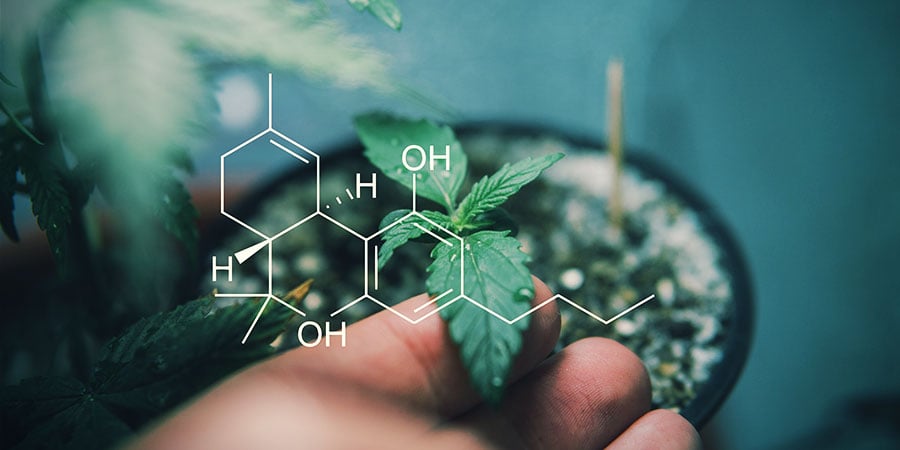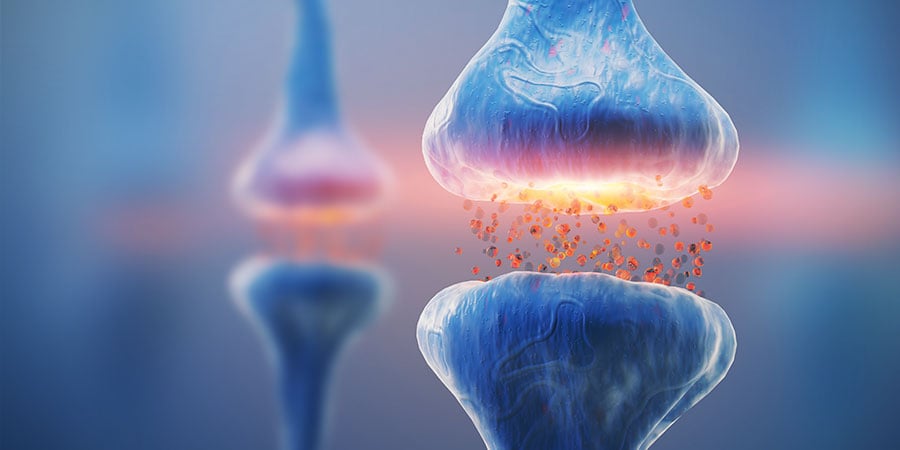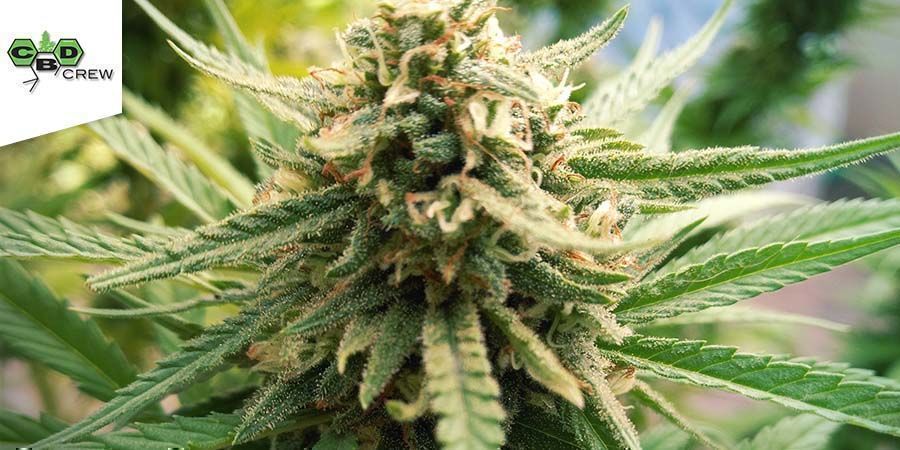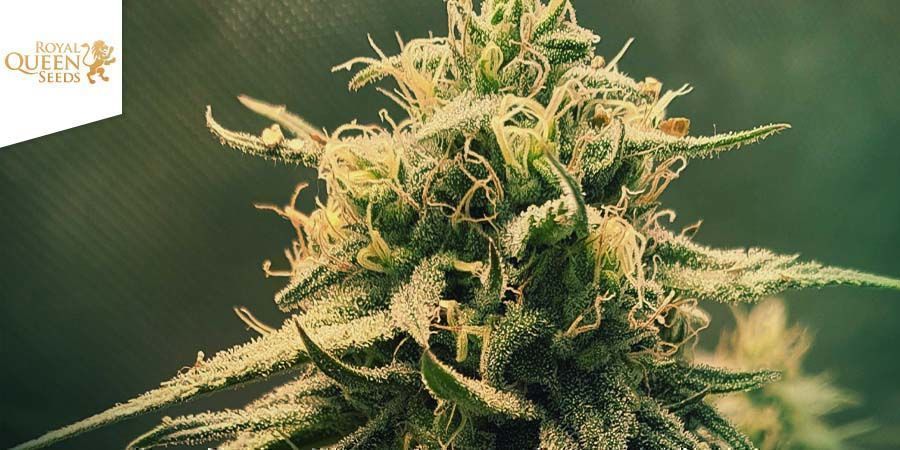How To Choose The Right Medical Strain For You
Choosing the right medical cannabis strain for your needs is not as simple as you might think. With the ever-increasing number of new marijuana strains appearing on the market, the medical cannabis grower is spoiled for choice. This blog will help you make the right decision.
THE TIMES THEY ARE A-CHANGIN’
Back in the dark days of the depressing 1930’s, a nutter named Earle Albert Rowell was a serious anti-marijuana campaigner. Rowell was such a hardliner that he often criticised law enforcement for not doing enough to eradicate weed and lock up its users. In his 8 point anti-marijuana summary, Rowell outlines the supposed ills of cannabis.
He claims in point 7 that marijuana “causes insanity as its specialty.” Our favourite is his opening salvo against cannabis with point 1 alleging that weed “destroys will power, making a jellyfish of the user.”
CANNABIS IS BREAKING INTO THE FIELD OF MEDICINE
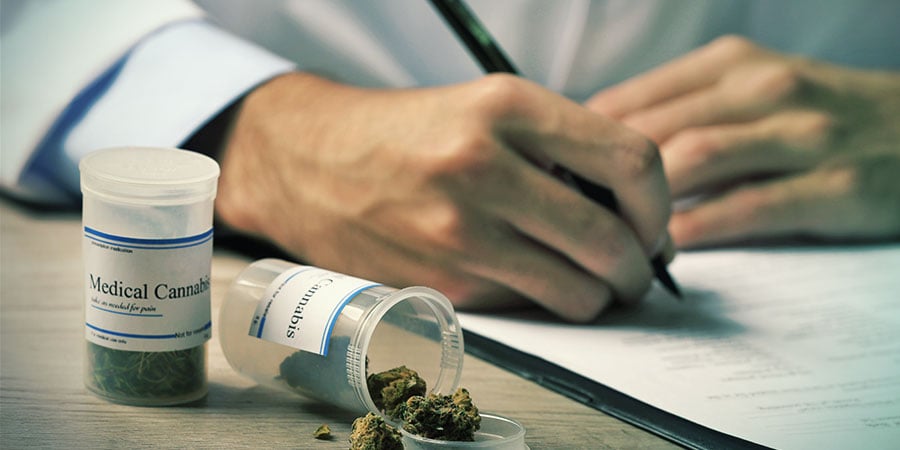
Cannabis has been used as a medicinal plant for thousands of years. The earliest record of its therapeutic use dates back to 2737 BCE. The plant continued to play a substantial role as a medicinal substance up until its widespread prohibition in the early 20th century.
The legalization of cannabis in some countries has led to its resurgence as a medicinal plant. Early research has revealed that cannabinoids—compounds widely found in cannabis—display versatile potential.
CBD is a member of this chemical class, a cannabinoid that has demonstrated intriguing effects in animal studies and limited human trials. Thus far, possible anxiolytic, anti-inflammatory, neuroprotective, and anticonvulsant effects have been identified. In vitro research (tests carried out on cell models) also found CDB to be capable of killing breast cancer cells. The non-psychotropic nature of CBD has made it both accessible and legal in many countries.
THC is the other main cannabinoid within cannabis, famed for its psychoactive effects. Although controversial, THC has also demonstrated therapeutic value in scientific studies. In cell, animal, and human studies, the cannabinoid has shown potential in the treatment of pain, alzheimer’s disease, and parkinson’s disease.[8]
CBD and THC are two of over one hundred cannabinoids found in the cannabis plant. What does the research say about the rest?
LEARN ABOUT CANNABINOIDS
Cannabinoids are not exclusive to cannabis. Those found in plants are known to science as phytocannabinoids, of which there are at least 113.
The body also creates its own supply, known as endocannabinoids. These chemicals—such as the “bliss molecule” anandamide—work as signalling molecules at the CB1 and CB2 receptors of the endocannabinoid system. This bodywide network is involved in pain, mood, memory, and appetite, to name but a few processes.
Then there are cannabinoids made in the lab. These are known as synthetic cannabinoids.
CBD and THC are the most well-studied phytocannabinoids. They work, in part, by activating/inhibiting the same receptors that endocannabinoids interact with. THC effectively mimics anandamide at the CB1 receptor. CBD doesn’t work in this lock-and-key fashion. Instead, it works in an indirect fashion, partially inhibiting THC’s ability to bind with CB1.
Scientists have also turned their attention to some of the lesser-known cannabinoids. The research here is still in the very early stages, but some exciting results have been recorded:
- CBG (cannabigerol) is the chemical precursor to many other cannabinoids. Plant enzymes catalyse reactions that convert it into THCA, CBDA, and other cannabinoids. Oh, and don’t be confused. The “A” here refers to the acidic form of these cannabinoids. This is how they exist in the plant before being heated. CBG occurs in low concentrations in most cannabis cultivars. The cannabinoid works to partially block CB1 receptors, and also binds to vanilloid and serotonin receptors. It has so far displayed antibacterial, antidepressant, and muscle relaxant potential.
- CBC (cannabichromene) is another primary cannabinoid that has been isolated from cannabis. The average concentration in confiscated samples is around 0.3%. However, some commercial and medical strains have a much higher content. This cannabinoid targets CB2 receptors, but shows little interaction with CB1. A non-psychotropic cannabinoid, CBC has shown anti-inflammatory and pain-killing effects in early research.
- THCV (tetrahydrocannabivarin) is an analogue of THC found in small volumes within most strains. With that said, some plants have clocked in with a staggering 16% THCV. The molecule works to bind to and block CB1 receptors. THCV has so far displayed weight-loss and anti-inflammatory potential.
These are just a few of the better-understood cannabinoids. There are many more that have yet to be thoroughly examined.
As cannabinoids continue to make their way to the forefront of medicine, breeders will likely establish cultivars with high levels of cannabinoids such as CBG, THCV, CBC, and so on—just like they have done for CBD.
LEARN ABOUT YOUR ENDOCANNABINOID SYSTEM
All human beings have an endocannabinoid system that is designed to be stimulated. We are all unique individuals, so no two patients are exactly alike. A standardised response to medical cannabis is impossible to quantify as every medical cannabis user will respond slightly differently.
The onus is on the home medical cannabis grower to experiment with different strains and phenotypes. For the medical marijuana user, it is also essential to experiment with medicinal strains and doses.
Unfortunately, 21st century hard data from non-biased scientific researchers is hard to come by. Hands-on personal experimentation and networking with other medical cannabis users will teach you more than any scholarly study.
LEARN ABOUT CLASSIFICATIONS: SATIVA/INDICA/HYBRIDS/AUTOFLOWERING/CBD-RICH
The most widely-accepted botanical and legal name for weed is Cannabis sativa L. In practice, it’s easier to split marijuana into five relatively broad categories as outlined below. We chose to omit hemp as its applications are more industrial.
 SATIVA
SATIVA
Pure sativa weed is virtually unobtainable these days, although plenty of sativa-dominant hybrids abound. Sativa-leaning cannabis is renowned for its uplifting, energetic, and cerebral effects. High levels of THC and very low to nil CBD levels are typical. Medicinal applications are more suitable for mental illnesses like depression and anxiety. As tall late-bloomers, a near-pure sativa strain needs three months or longer to flower and often requires pruning and training to control height.
 INDICA
INDICA
Heavy indica strains like Kush and Northern Lights are old-school medical marijuana. High THC and usually above 1% CBD gives the bushier indica a few advantages over sativas for patients with physical health conditions. The more sedative and dreamy effects of potent indica cannabis have been appreciated for assisting with pain relief and sleep issues for thousands of years. Blooming in 7-9 weeks, indica strains are a great option for medical growers with limited space and time to cultivate.
 HYBRIDS
HYBRIDS
Here we refer to photoperiod cannabis strains that are crosses of indica and sativa. As you would expect, hybrids have diverse potencies ranging from quite low to incredibly high. Generally, ever higher THC levels and some CBD (usually 1% or less) are common to modern hybrids. A combined head-body effect with both euphoric elements and stoned body sensations can be induced to varying degrees with hybrids.
Most growers these days are growing hybrid genetics as landraces are so rare. 8-10 weeks of bloom with vigorous growth is a hallmark of a high-grade hybrid. Remo Chemo is a new indica-dominant hybrid that can reach up to 24% THC.
 AUTOFLOWERING
AUTOFLOWERING
Next-gen autoflowering cannabis hybrids are not merely ruderalis dwarves. Today’s autos are hybrids of indica, sativa, and ruderalis genetics. They have comparable potencies with photoperiod strains and are the fastest flowers to bring to harvest. 8-12 weeks is enough to complete a crop from seed. Lately, CBD-rich autos have burst on the scene.
CBD-rich autoflowering hybrids are a great choice for outdoor growers with limited space and short summers. Definitely the best option for the time-poor medical cannabis grower.
 CBD-RICH
CBD-RICH
CBD-rich cannabis is the game-changer medical marijuana has been waiting for. Instead of focussing exclusively on developing strains for maximum THC content, breeders are now creating medical strains with high CBD content. Both photoperiod and autoflowering hybrids with high CBD levels are widely available and rapidly becoming the most popular amongst medical cannabis growers.
Whole plant medicine with a 1:1 THC:CBD ratio is believed to hold the greatest potential. CBD Critical Mass and Dance World are two highly productive CBD-rich strains with relatively balanced THC:CBD levels. In 8-9 weeks of standard 12/12 flowering, around 500g/m² of medical marijuana can be produced with these easy-cropping CBD-rich strains.
CBD CRITICAL MASS
CBD Critical Mass grows with similar indica-dominant characteristics to the original commercial grower’s favourite Critical Mass. The big difference is her 5-10% CBD content, which is approximately equal to THC content. This medical strain is a good choice for beginners and grows well in a variety of substrates. CBD Critical Mass is ideally suited to the SOG method.
DANCE WORLD
Dance World is a sativa-dominant hybrid based on legendary Dancehall and Juanita la Lagrimosa genetics. This medical cannabis strain has little growing aroma with an earthy, spicy, and fruity flavour. THC and CBD levels are typically a balanced 10% and 12% respectively. A mild but energetic psychoactive effect makes this ideal daytime medical marijuana. Dance World has a more compact indica stature than most sativa-dominant hybrids. This makes her perfect for smaller grow spaces and suited to the SOG method.
CHOOSE YOUR STRAIN BASED ON CANNABINOIDS AND GENETICS
Cool-sounding brand names, celebrity endorsements, know-all know-nothings, and old-school evil advertising will attempt to make the decision for you. But you must not be swayed. The only way to find the right medical cannabis strain is to do the research yourself. A good rule of thumb is to base this selection upon cannabinoids and genetics. Of course, direct sources like fellow medical cannabis cultivators are invaluable. Plus, blogs written by and for growers like this one are excellent secondary sources.
DOWNLOAD A DIGITAL BUDTENDER
If you still can’t quite make up your mind on which medical cannabis strain to choose, relax; there’s an app for you. Potbot is a digital medical marijuana Budtender. Simply select Colorado as your state when signing up to access everything. This handy app can provide information on specific cannabinoids’ effects on various medical conditions. Now go find the perfect medical cannabis strain and get growing.
- (2015/04/01). Cannabidiol (CBD) and its analogs: a review of their effects on inflammation - ScienceDirect - https://www.sciencedirect.com
- (n.d.). Cannabidiol and (−)Δ9-tetrahydrocannabinol are neuroprotective antioxidants | PNAS - https://www.pnas.org
- (n.d.). - https://www.nejm.org
- (n.d.). - https://mct.aacrjournals.org
- (2007/12/15). Sativex successfully treats neuropathic pain characterised by allodynia: A randomised, double-blind, placebo-controlled clinical trial - ScienceDirect - https://www.sciencedirect.com
- (n.d.). Error - Cookies Turned Off - https://onlinelibrary.wiley.com
- (2017/01/01). Cannabis Pharmacology: The Usual Suspects and a Few Promising Leads - ScienceDirect - https://www.sciencedirect.com
- (n.d.). - https://cannabiscoalition.ca
- Bergamaschi, Mateus M, Queiroz, Regina Helena Costa, Chagas, Marcos Hortes Nisihara, de Oliveira, Danielle Chaves Gomes, De Martinis, Bruno Spinosa, Kapczinski, Flávio, Quevedo, João, Roesler, Rafael, Schröder, Nadja, Nardi, Antonio E, Martín-Santos, & Rocio. (2011, May). Cannabidiol Reduces the Anxiety Induced by Simulated Public Speaking in Treatment-Naïve Social Phobia Patients | Neuropsychopharmacology - https://www.nature.com
- Cao, Chuanhai, Li, Yaqiong, Liu, Hui, Bai, Ge, Mayl, Jonathan, Lin, Xiaoyang, Sutherland, Kyle, Nabar, Neel, Cai, & Jianfeng. (2014/01/01). The Potential Therapeutic Effects of THC on Alzheimer's Disease - IOS Press - https://content.iospress.com
- Ethan B Russo. (2011, August). Taming THC: potential cannabis synergy and phytocannabinoid-terpenoid entourage effects - https://www.ncbi.nlm.nih.gov
-
 5 min
29 August 2022
The Many Benefits Of Cannabis
Love cannabis? Well, we do too! But did you know that cannabis can do a whole lot more than get you high for a jolly-good time? Read on to find out the many benefits of cannabis consumption.
5 min
29 August 2022
The Many Benefits Of Cannabis
Love cannabis? Well, we do too! But did you know that cannabis can do a whole lot more than get you high for a jolly-good time? Read on to find out the many benefits of cannabis consumption.
-
 3 min
22 July 2018
Top 6 Vaporizers For Medical Cannabis
Medicinal marijuana users vaporize for a number of health reasons. Understanding the full range of possible benefits of vaping (besides decreased toxins) helps users get the most out of cannabis.
3 min
22 July 2018
Top 6 Vaporizers For Medical Cannabis
Medicinal marijuana users vaporize for a number of health reasons. Understanding the full range of possible benefits of vaping (besides decreased toxins) helps users get the most out of cannabis.
-
 4 min
4 May 2018
What Is The Best Way To Use Medical Cannabis?
We explore the pros and cons of various medical marijuana consumption methods. After reading this article, you should have a better idea of which method(s) you believe may be right for your...
4 min
4 May 2018
What Is The Best Way To Use Medical Cannabis?
We explore the pros and cons of various medical marijuana consumption methods. After reading this article, you should have a better idea of which method(s) you believe may be right for your...













 United States
United States


